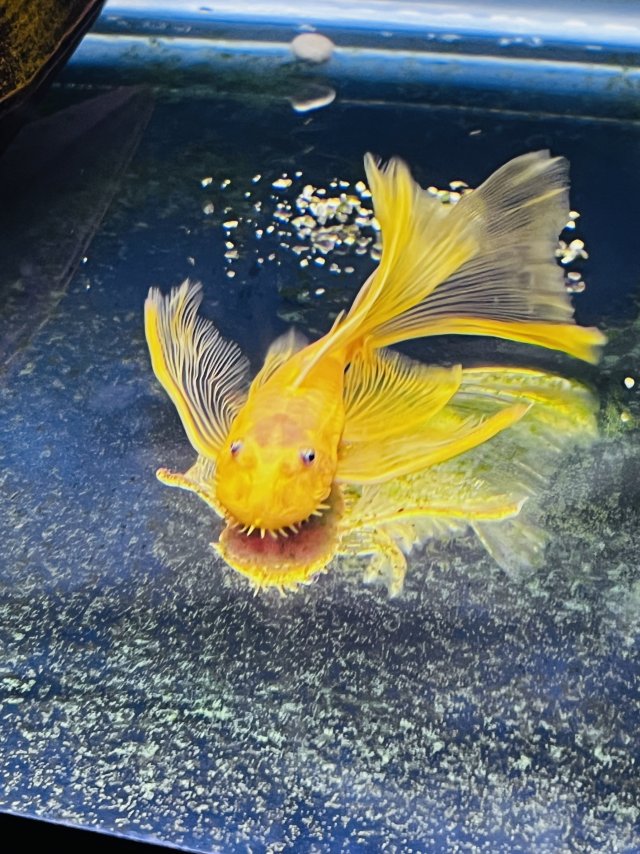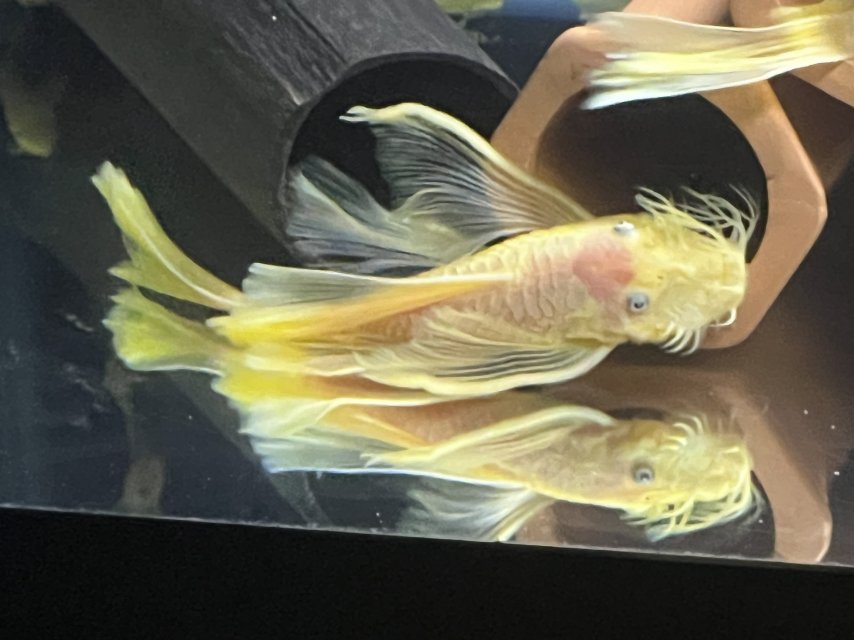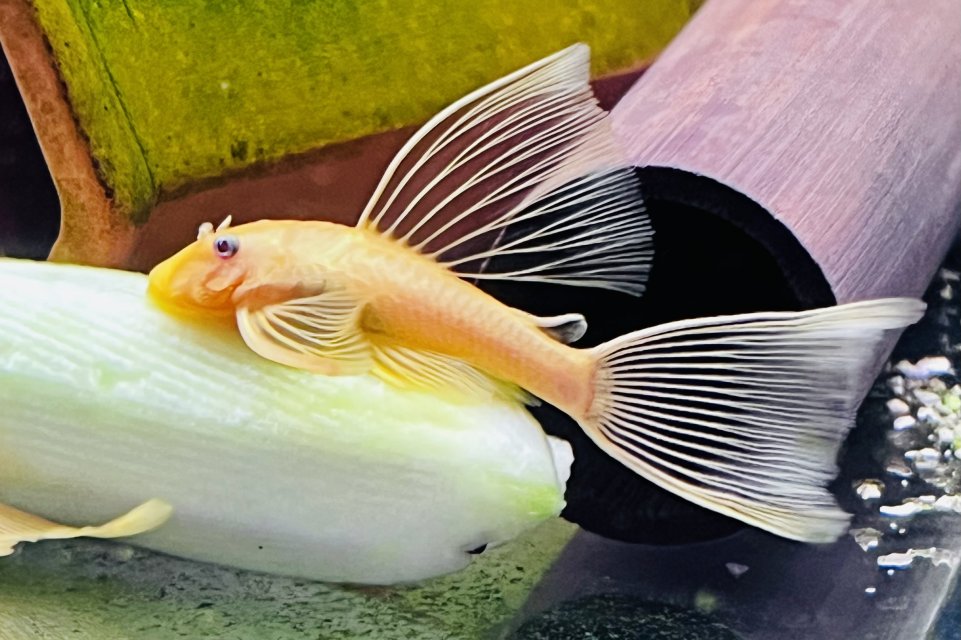BIGGEST CCA AUCTION OF THE YEAR!
We have created an auction for the October 11, 2025 in-person CCA meeting. Users of the website must register on the CCA MyGroupAuction website: mygroupauctions.com. Sellers are encouraged to upload a photo of the fish/item to be auctioned. These items can be viewed by all registered users before the auction.
CCA's board of directors has voted to allow the use of the minimum bid space on the MY GROUP AUCTIONS (MGA) website. Specifically the BOD approved the use of the minimum bid in the following manner: Bidding for any item with a minimum bid on its label will start at that amount and proceed as normal for any auction. If the minimum bid is not met, the owner of the item will take the item back into his possession. If the owner is not present to take back his item that did not sell, the minimum bid indicated on the label will not be in effect and so there will be no minimum bid on the item.
Please try to bring something for the auction. If you can make it a donation, so much the better. It's our club. If we want to keep it healthy, we all need to play a role.
If you have any questions, please ask.
We have created an auction for the October 11, 2025 in-person CCA meeting. Users of the website must register on the CCA MyGroupAuction website: mygroupauctions.com. Sellers are encouraged to upload a photo of the fish/item to be auctioned. These items can be viewed by all registered users before the auction.
CCA's board of directors has voted to allow the use of the minimum bid space on the MY GROUP AUCTIONS (MGA) website. Specifically the BOD approved the use of the minimum bid in the following manner: Bidding for any item with a minimum bid on its label will start at that amount and proceed as normal for any auction. If the minimum bid is not met, the owner of the item will take the item back into his possession. If the owner is not present to take back his item that did not sell, the minimum bid indicated on the label will not be in effect and so there will be no minimum bid on the item.
Please try to bring something for the auction. If you can make it a donation, so much the better. It's our club. If we want to keep it healthy, we all need to play a role.
If you have any questions, please ask.






